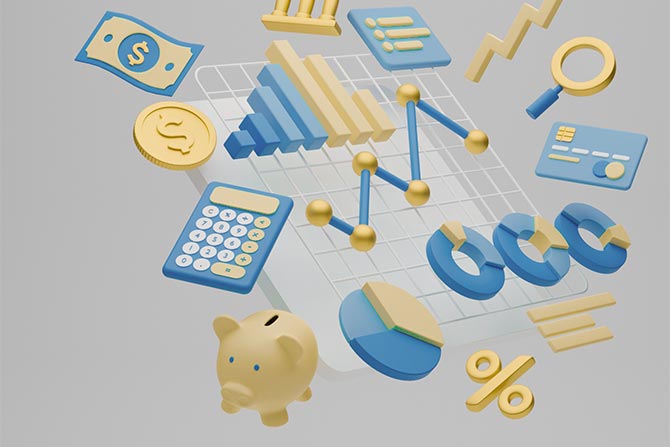Embracing data analytics offers community banks a strategic opportunity to increase revenues and further support their communities. By thoroughly reviewing internal customer data, a bank may enhance customer engagement, improve underwriting, boost marketing results and more.
However, smaller banks may not have the resources to audit and interpret customer data as thoroughly as large banks. So, this article explores how local banks can still harness internal information without overtaxing their budgets and staff.
Data Analysis Complements Personal Relationships
There’s no substitute for the personal connections local banks have with their customers. Local roots, homegrown insights and first-name familiarity are tremendous assets. Still, some level of customer data analysis is advisable for small banks to thrive in the modern financial ecosystem. Banks whose boards and CEOs devote the necessary resources can be better positioned for success.
Practical Applications of Data Analytics
Data analytics can inform decision-making, drive product development, deliver a more personalized customer experience and more. Below is an overview of several practical applications:
- Lending: Incorporating data analysis into loan underwriting can supplement or reveal more than FICO and credit scores. Analyzing behaviors that traditional metrics don’t (e.g., bank deposit history, property ownership, rent and utility payments) may provide clues about an applicant’s ability to manage debt. Data analysis can also supplement or replace traditional measures of credit risk. For example, individuals with short credit histories or recent immigrants often have weak credit scores or none at all. According to the CFPB, roughly one in 10 U.S. adults have no credit record at nationwide credit bureaus. In these cases, data analysis is essential to evaluate creditworthiness.
- Fraud and Cybersecurity: Data analytics can help mitigate fraud and cyber intrusions. According to IBM, the average cost of a data breach in 2023 was $4.45 million. Today’s advanced analytics, such as machine learning and artificial intelligence (AI), can scrutinize real-time data and flag irregularities. Banks using these insights can identify questionable transactions and unauthorized system access.
- Risk Management: Integrating market, economic and internal customer data helps detect changes to underlying conditions and develop timely, efficient response strategies. These insights identify risk factors that may adversely affect information security, operations, compliance and other functions.
- Target Marketing and Customer Segmentation: Data analytics offer a holistic view of customers. This offers the potential for more relevant marketing messages, enhanced acquisition strategies and improved engagement, with personalized offers that align with customers’ specific needs.
- Operational Efficiency: Data analysis can lead to faster, more confident loan decisions, automated internal reporting, lower costs, and streamlined processes, letting employees provide more personal attention to customers.
Technologies and Techniques
Tools for data analysis come in many forms. They vary in cost and sophistication and can be conducted internally or by an external third party. Here are several examples:
- Surveys: Simple customer surveys provide immediate feedback about how to better serve customers. “Surveys are an efficient and cost-effective way for banks to identify policies and practices that may need adjustment,” says Meghan Crawford-Hamlin, institutional division president for BHG Financial.
- Open-Source Software: Open-source analytics provide universal and often free access to a product’s design, and can be a cost-effective way for smaller banks to launch new products and services quickly. Several popular open-source software tools offer data analysis applications for banks.
- AI: AI can synthesize large volumes of data faster than most tools. It identifies non-obvious patterns and inconsistencies, making it ideal for loan underwriting and fraud mitigation. A growing number of open-source AI platforms are available for smaller banks.
- Third-Party Specialists: Partnering with a specialized third-party provider can be a cost-effective strategy for banks limited by technology and employee capacity constraints.
Starting Small and Other Considerations
Experts advise smaller banks to begin data analysis slowly. Take small steps and learn from them. Let one success lead to another and use those victories to fund future efforts.
Along the way, weigh these considerations:
- Consider hiring a data analyst or data scientist to start analyzing data.
- Decide whether to keep data analytics in-house or outsource it.
- Consider aggregation tools that combine data from different systems for better insights.
- Map out current data sources and systems to understand gaps and opportunities.
Consider roles like chief data officer to oversee data strategy and execution. Community banks have a unique opportunity to thrive by combining local expertise and personalized service with data-driven insights and automation. This combination can help level the playing field against larger competitors.









